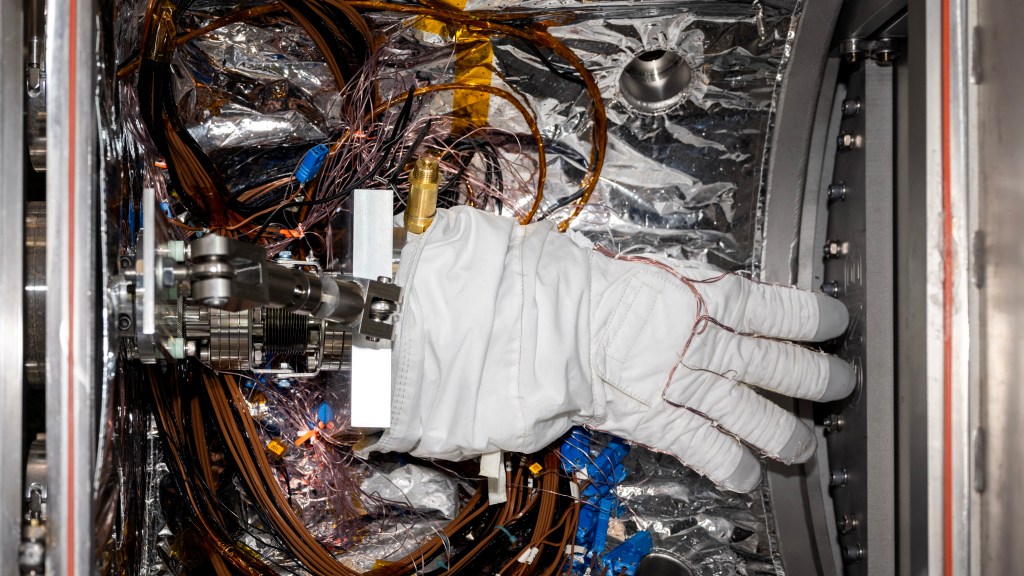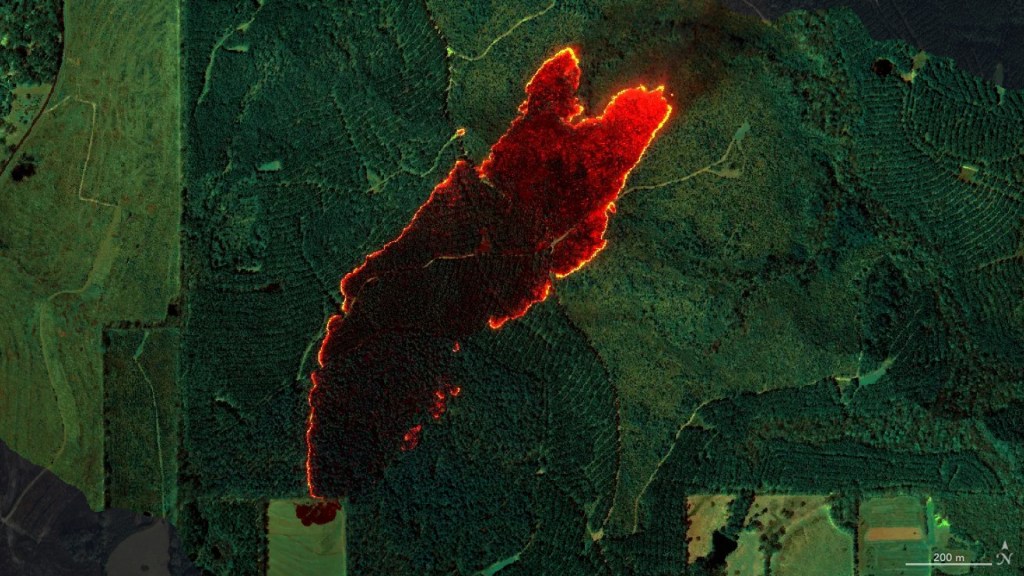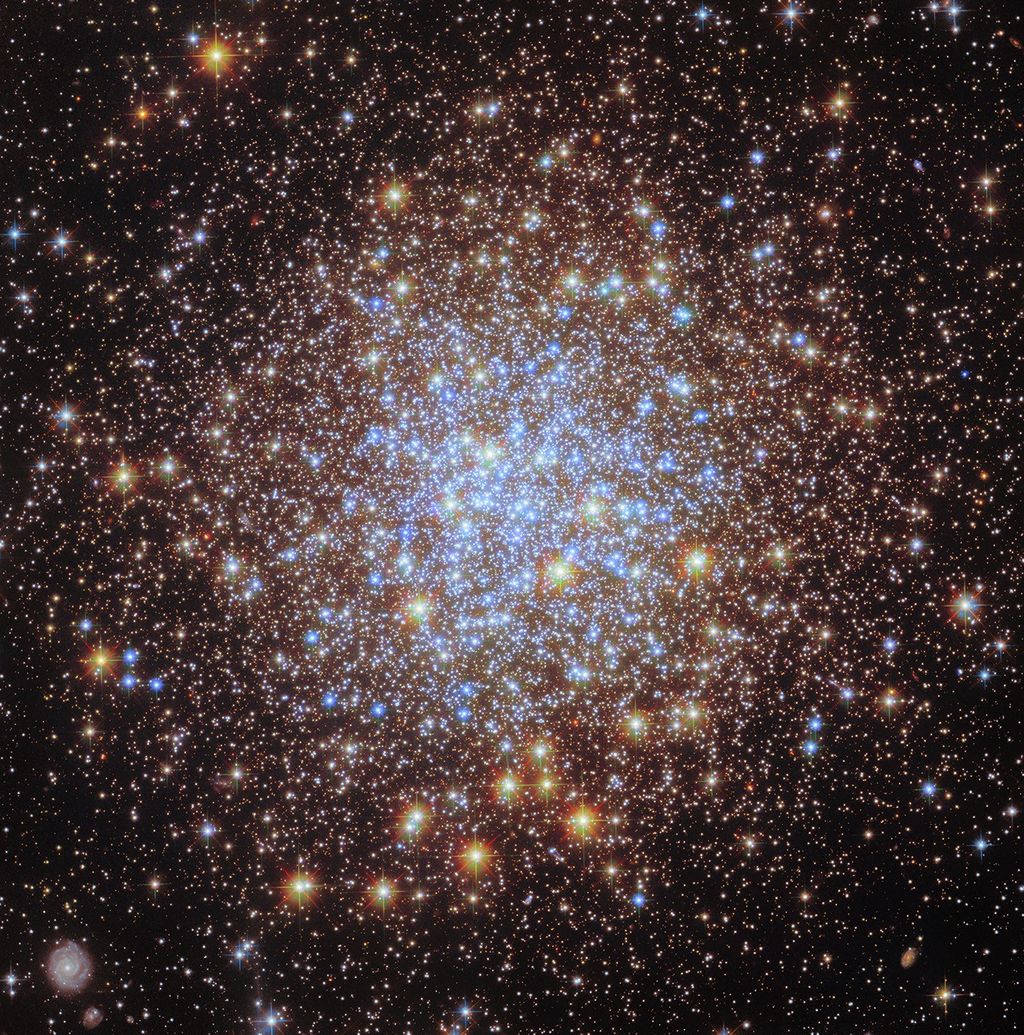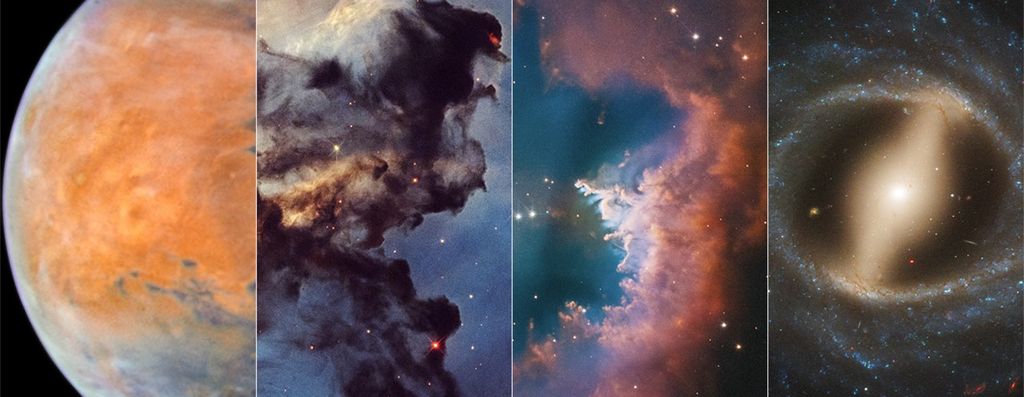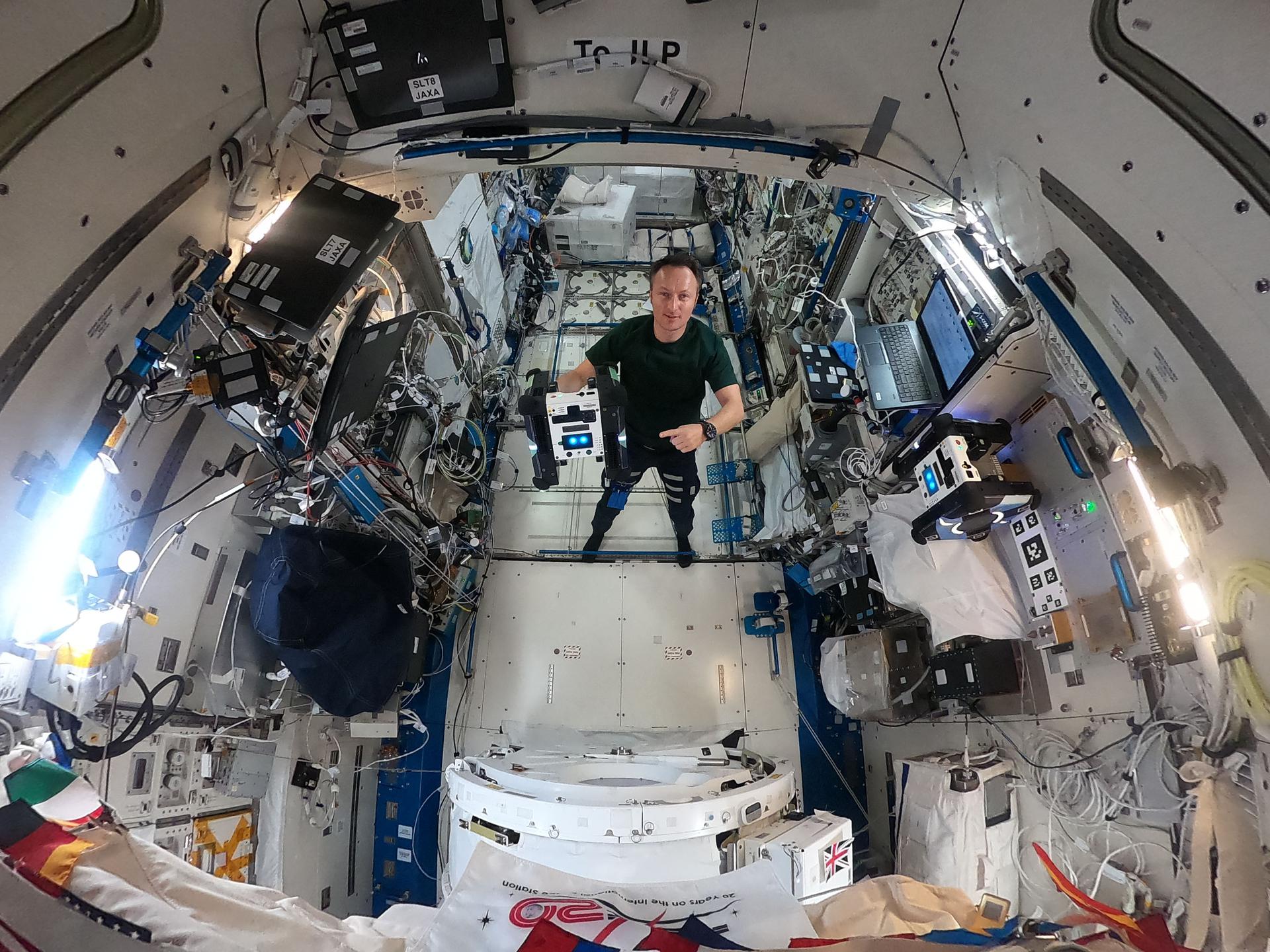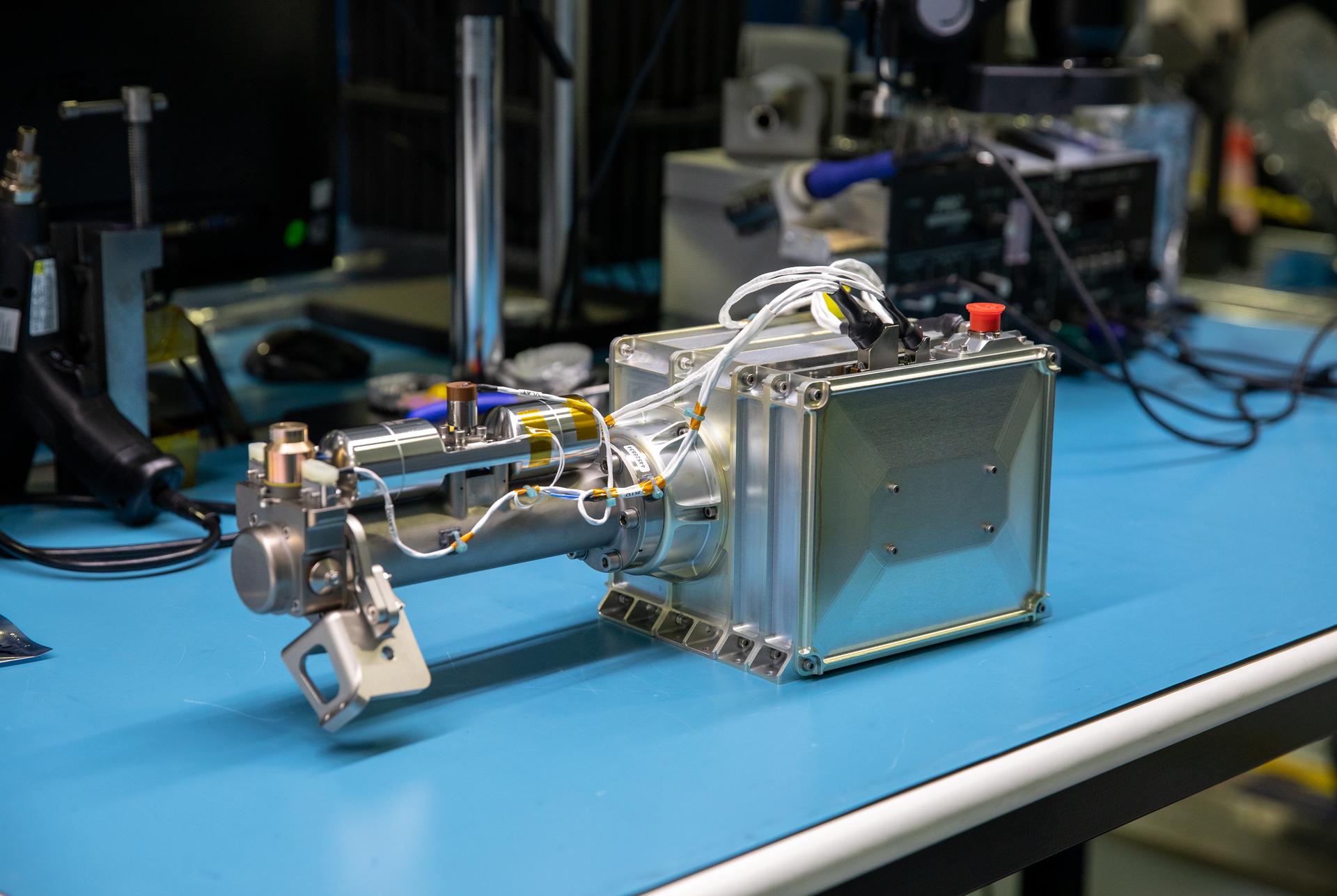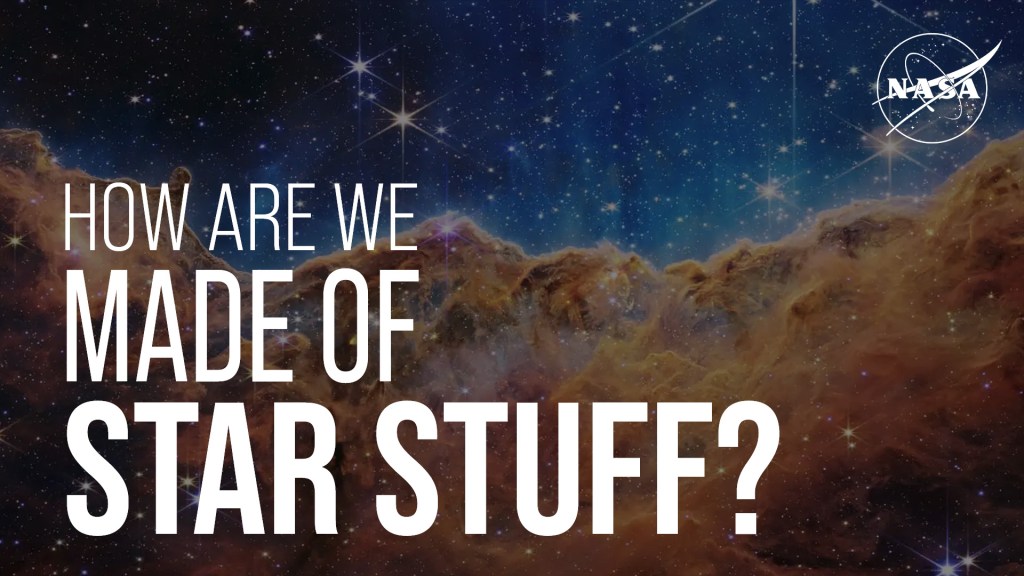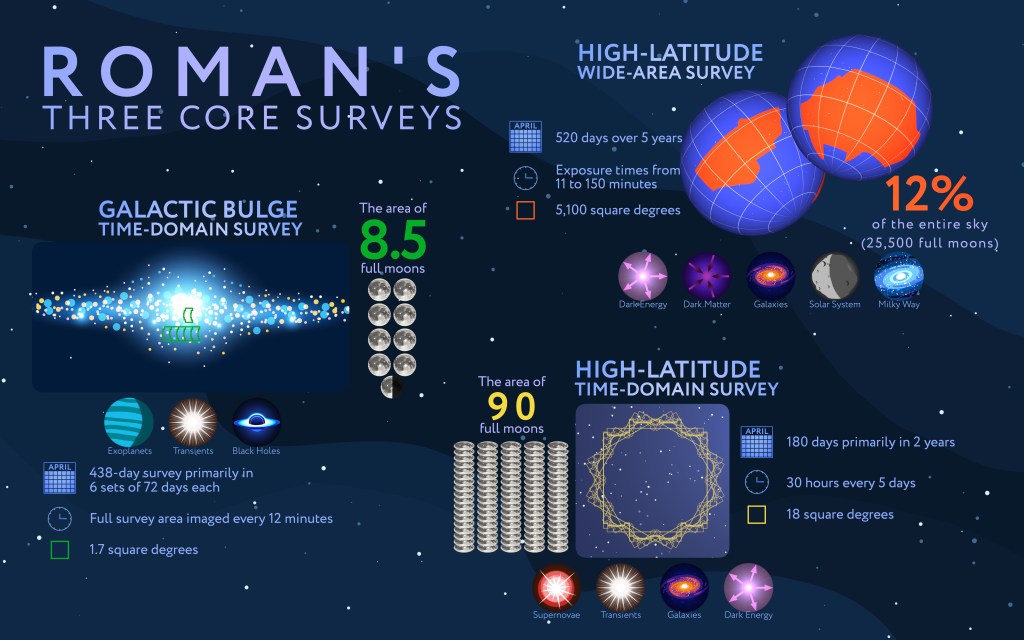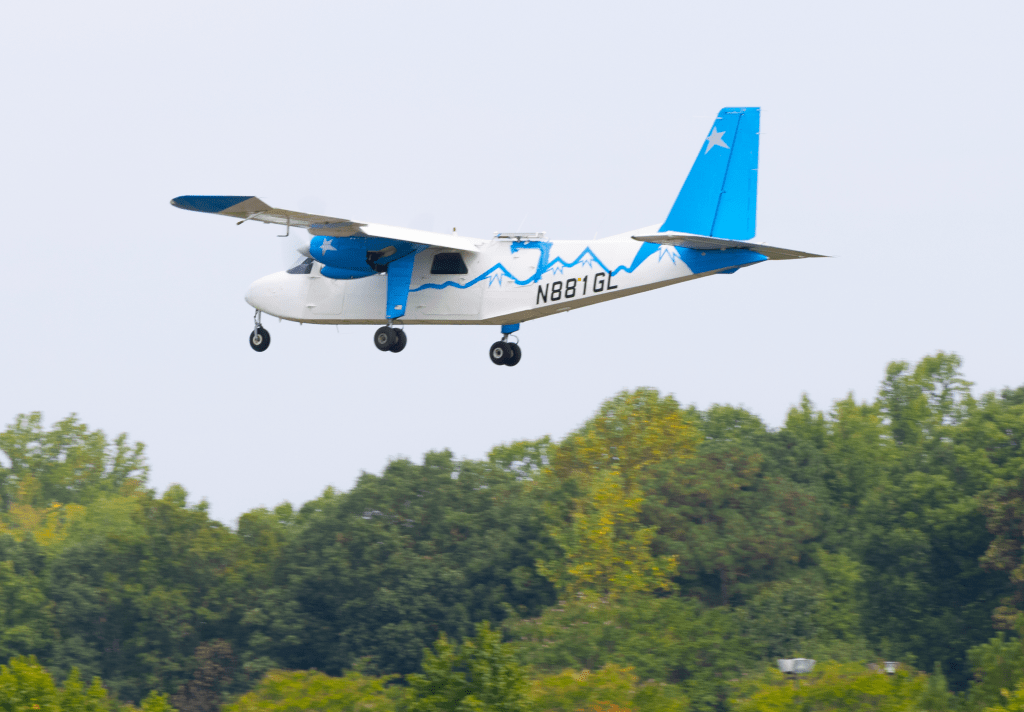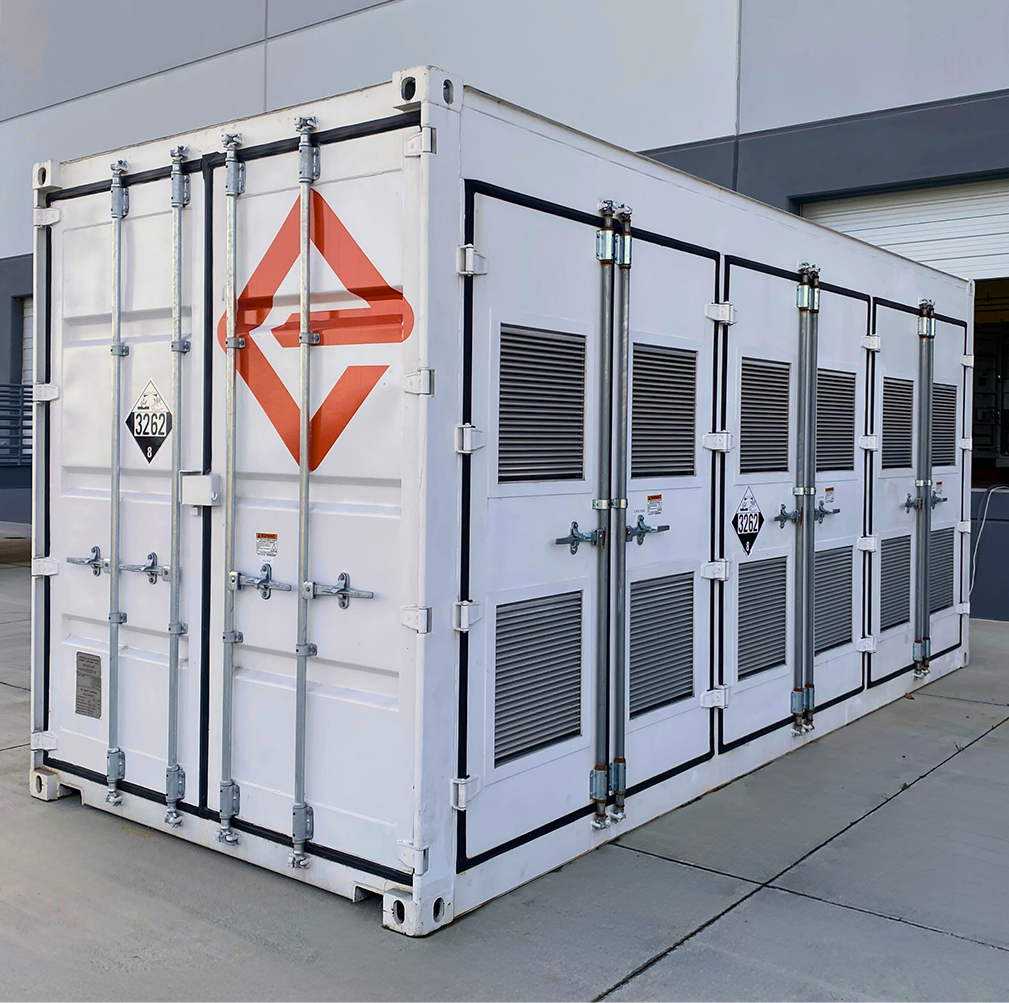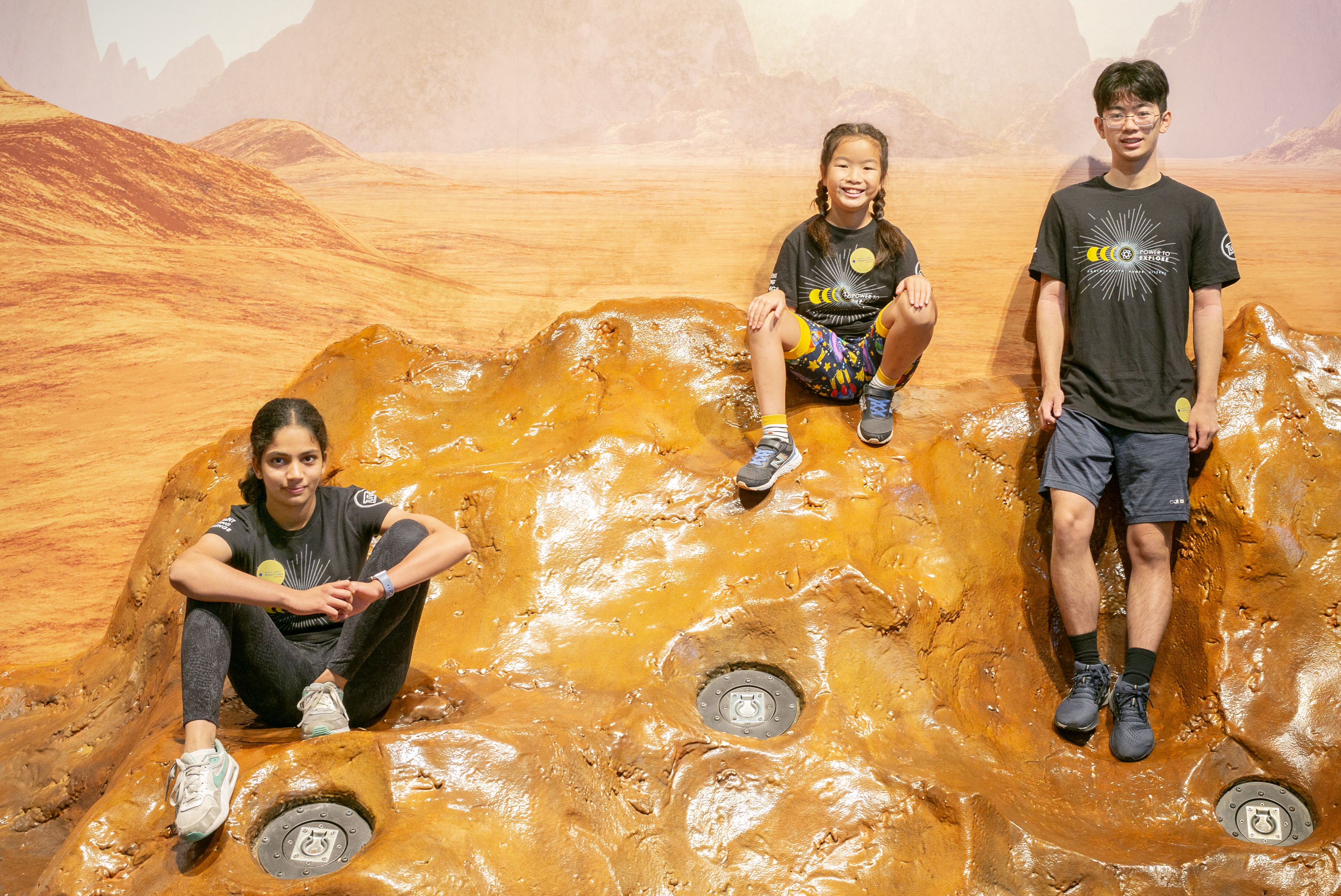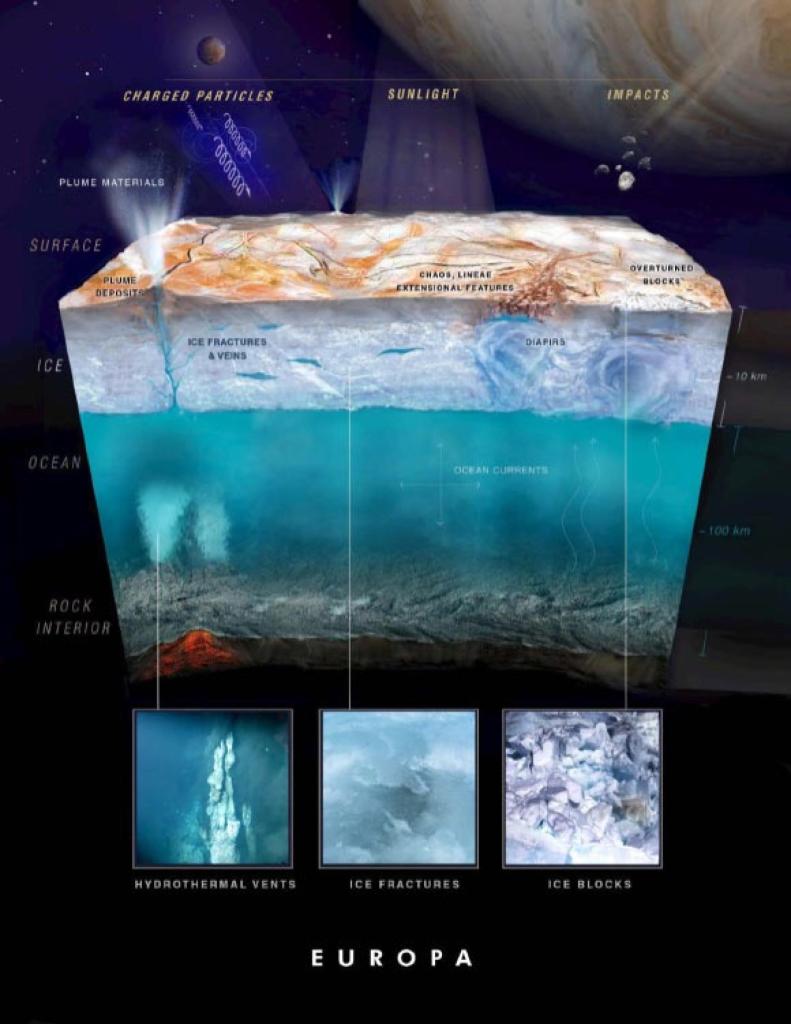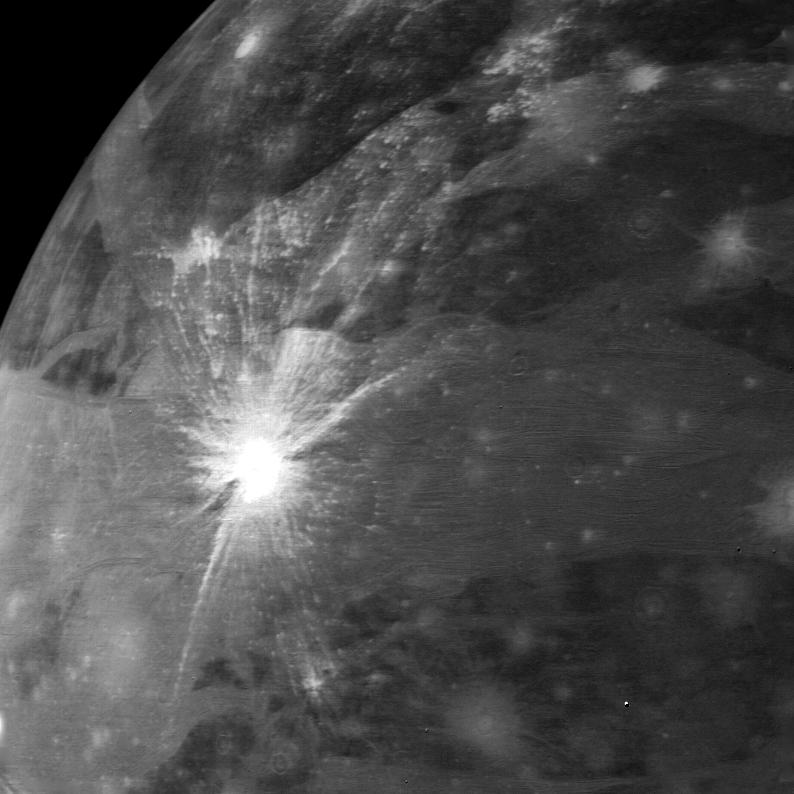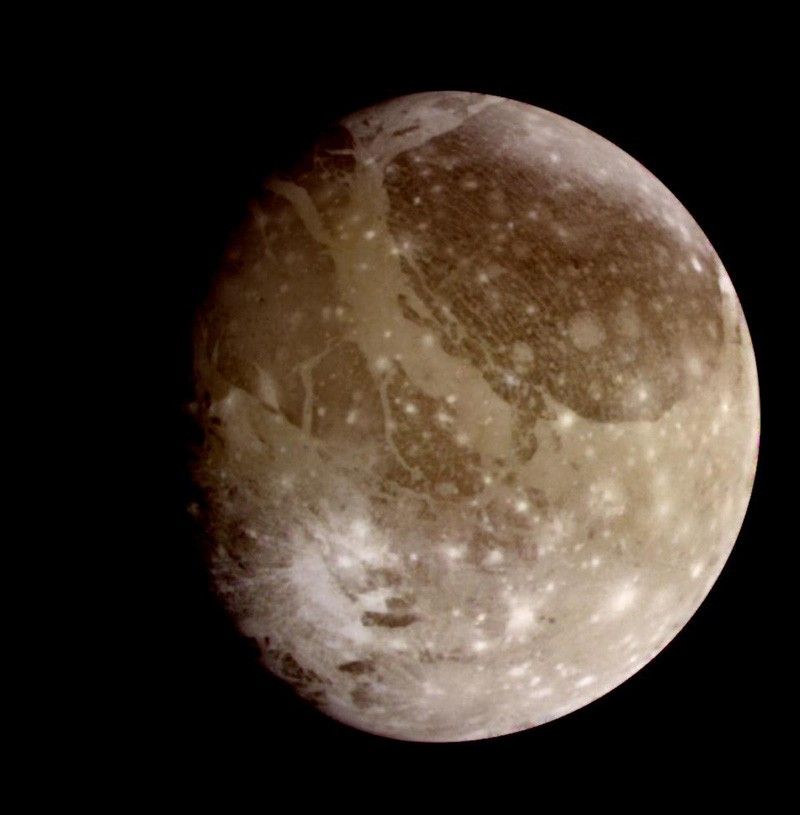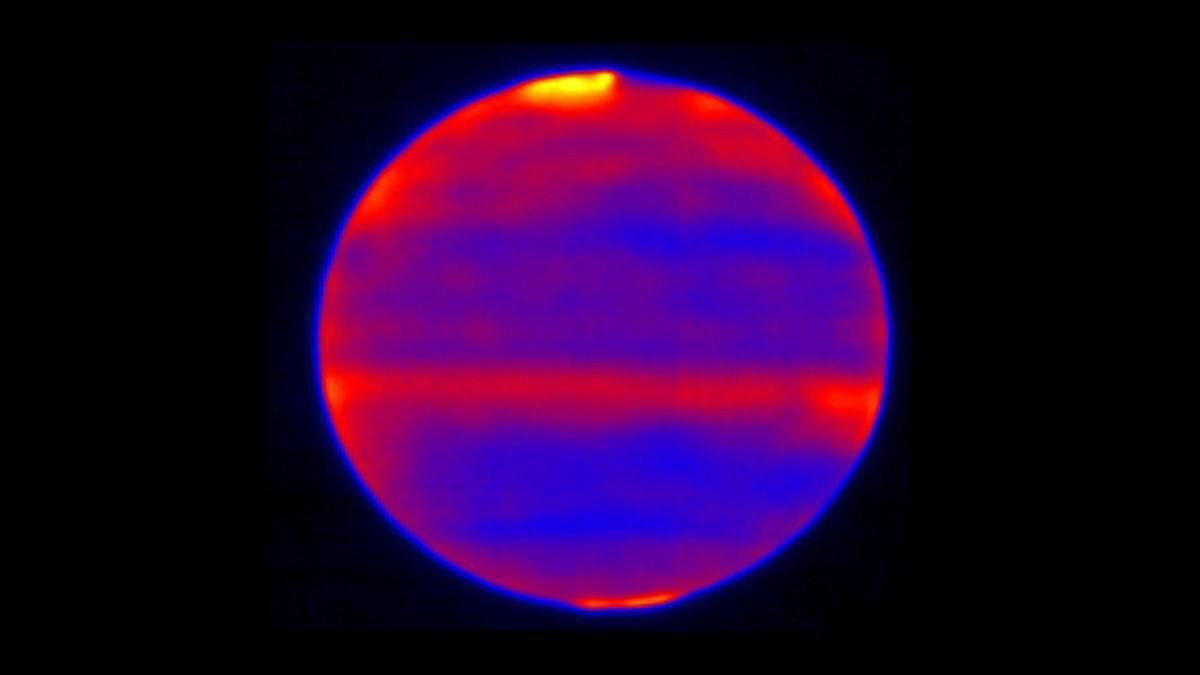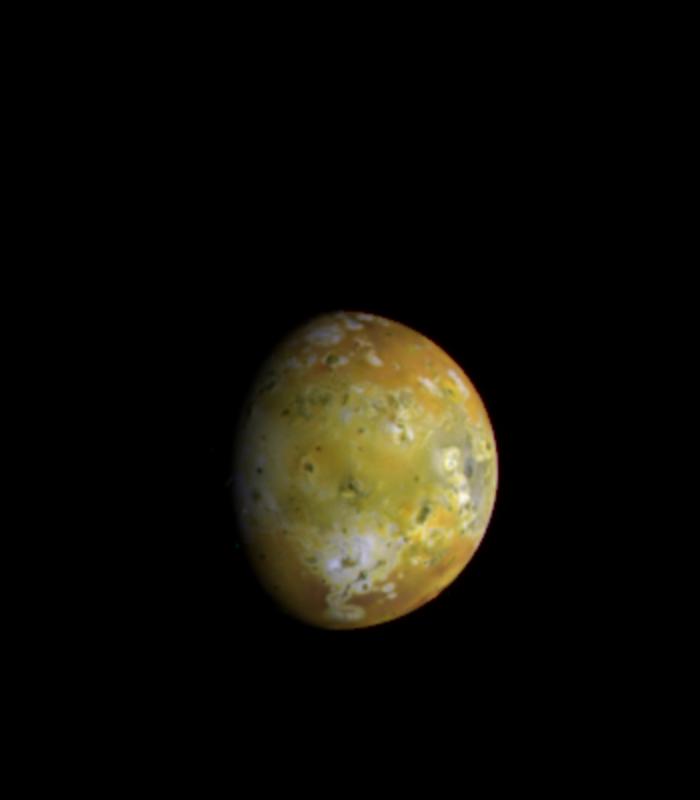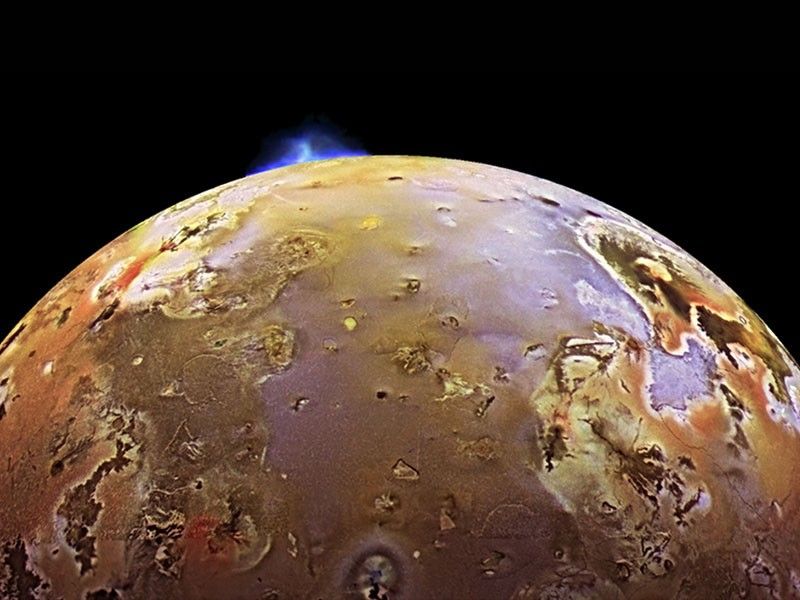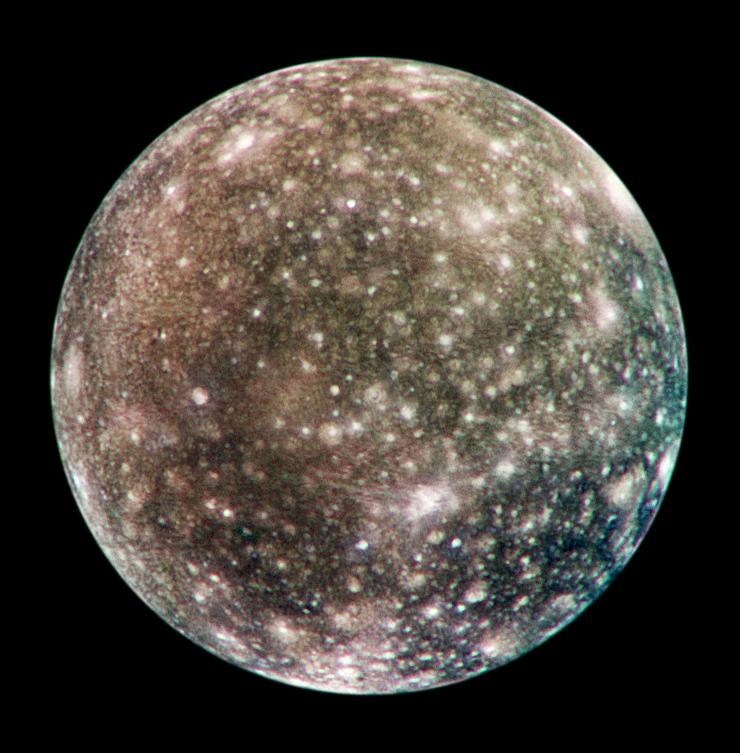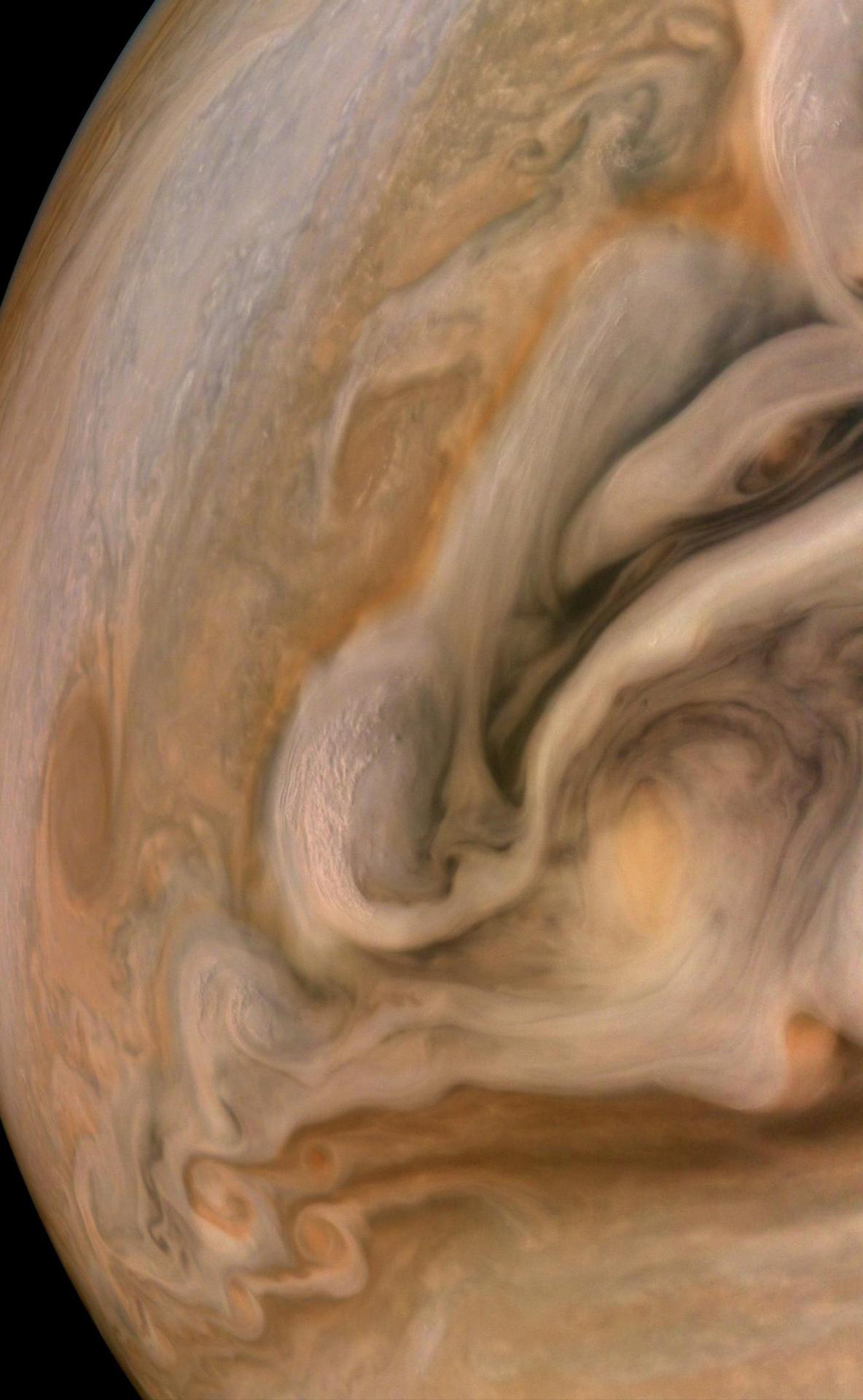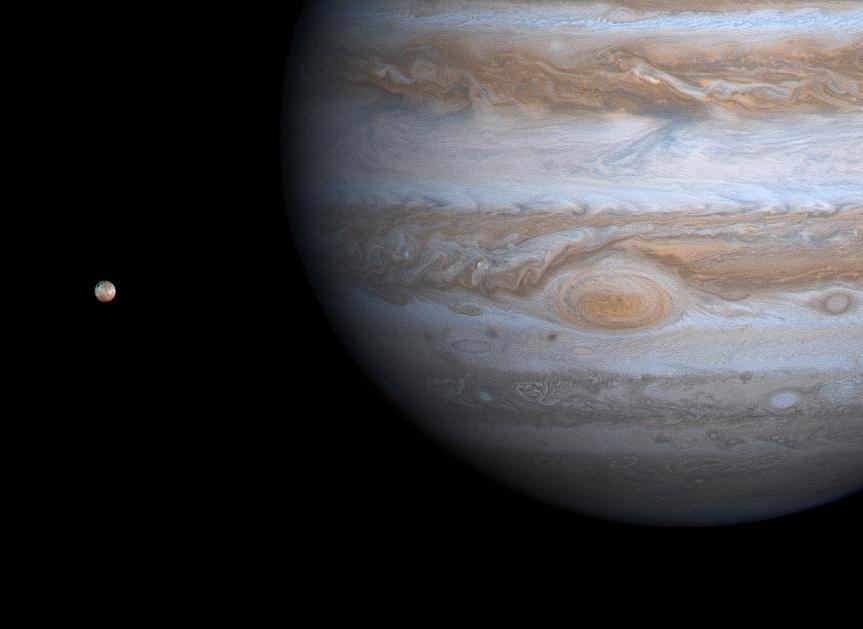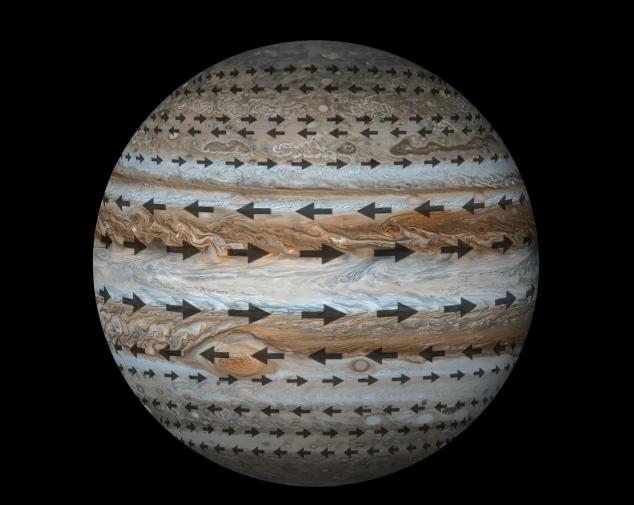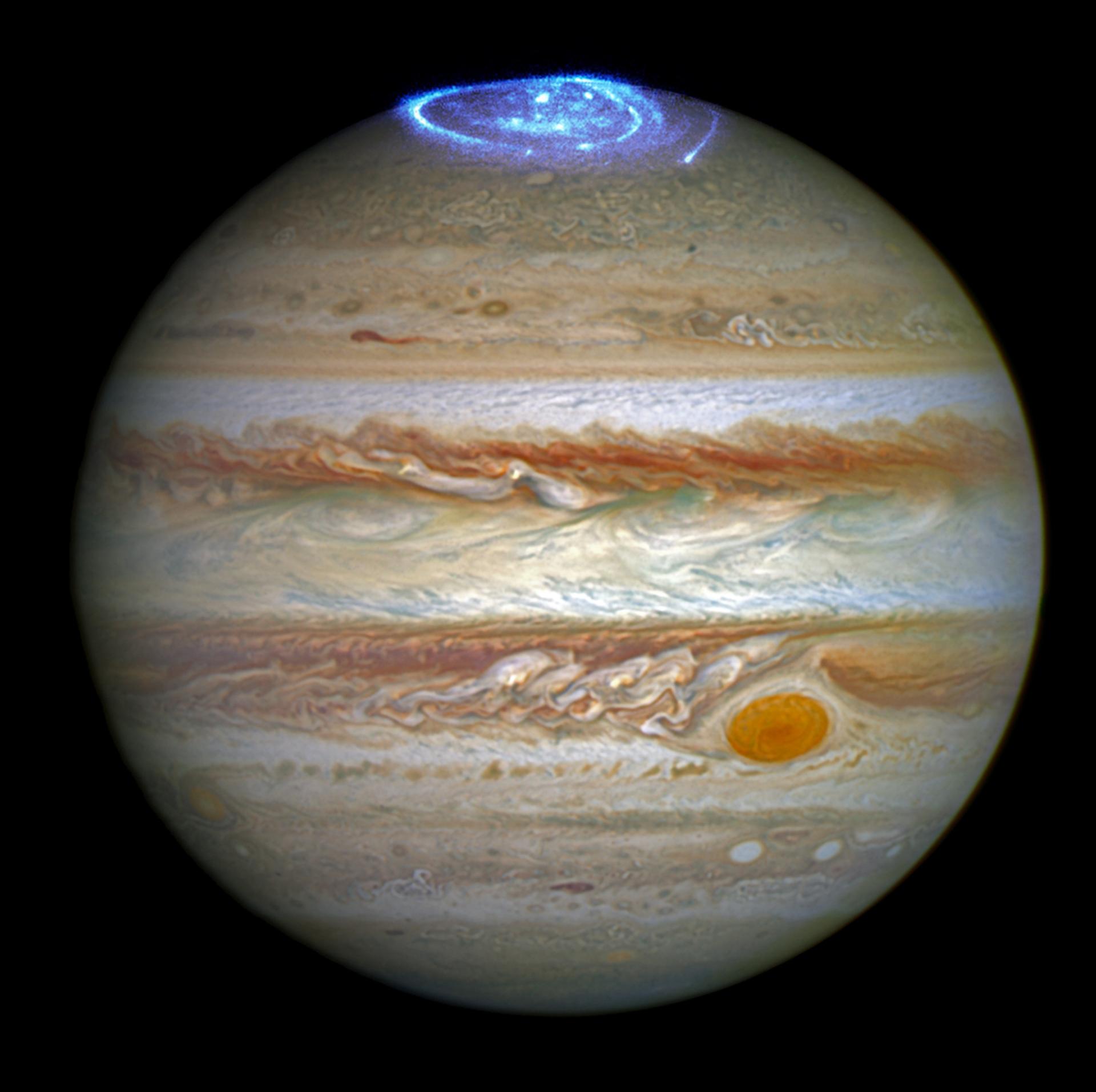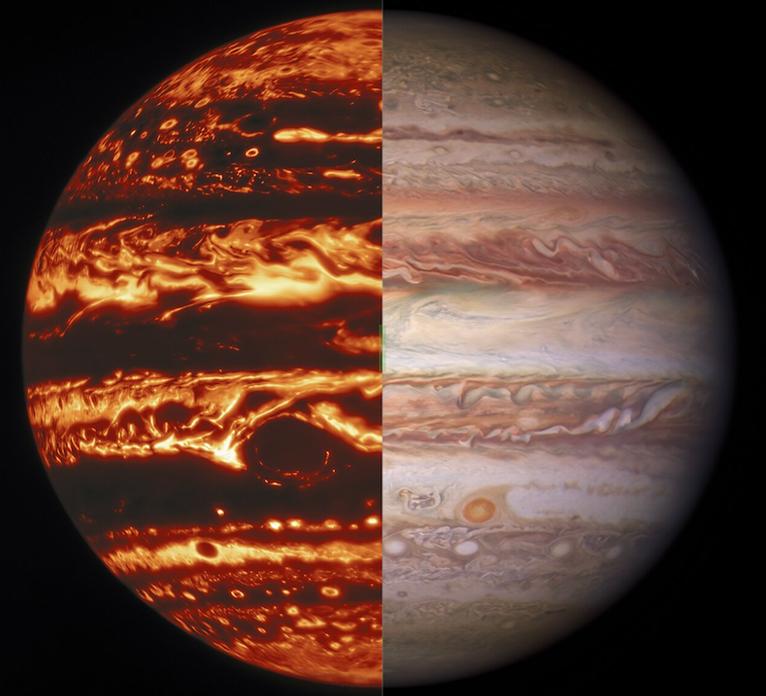Galileo Science
Galileo changed the way we look at our solar system. When the spacecraft plunged into Jupiter's crushing atmosphere on Sept. 21, 2003, it was being deliberately destroyed to protect one of its own discoveries—a possible ocean beneath the icy crust of the moon Europa.
The spacecraft was the first to fly past an asteroid, Gaspra, and the first to discover a moon of an asteroid, tiny Dactyl orbiting Ida. It provided the only direct observations of a comet colliding with a planet, when it witnessed Shoemaker-Levy 9 impact Jupiter.
Quick Facts
Jupiter
The Galileo spacecraft logged quite a few other firsts during its 14-year mission to Jupiter. Among its discoveries: an intense radiation belt above Jupiter's cloud tops, helium in about the same concentration as the Sun, extensive and rapid resurfacing of the moon Io because of volcanism and a magnetic field at Ganymede.
The orbiter carried a small probe that became the first to sample the atmosphere of a gas planet. The probe measured temperature, pressure, chemical composition, cloud characteristics, sunlight and energy internal to the planet, and lightning. During its 58-minute life, the probe penetrated 124 miles (200 kilometers) into Jupiter's violent atmosphere before it was crushed, melted and/or vaporized by the intense pressure and temperature.
Galileo data allowed the creation of the first detailed maps of Jupiter’s major moons. It also gave scientists the most detailed look yet at the structure of the planet’s magnetic field and radiation belts.
The Galileo mission is also an example of innovative problem solving. When the spacecraft’s main antenna failed to deploy as planned, a special team performed extensive tests and determined that a few (probably three) of the antenna's 18 ribs were held by friction in the closed position. Despite exhaustive efforts to free the ribs, the antenna would not deploy.
From 1993 to 1996, extensive new flight and ground software was developed, and ground stations of NASA's Deep Space Network were enhanced in order to perform the mission using the spacecraft's low-gain antennas. Despite the fact that the spacecraft was millions of miles away in deep space, the fixes worked, and most of the mission’s planned observations were carried out.
Key Dates
Launch: Oct. 18, 1989 from Kennedy Space Center, Fla., aboard space shuttle Atlantis on mission STS-34
Venus flyby: Feb. 10, 1990, at altitude of 10,000 miles (about 16,000 kilometers)
Earth flybys: Dec. 8, 1990, at altitude of 597 miles (960 kilometers); Dec. 8, 1992 at altitude of 188 miles (303 kilometers)
Asteroid Gaspra flyby: Oct. 29, 1991, at a distance of 1,000 miles (1,600 kilometers)
Asteroid Ida flyby: Aug. 28, 1993, at 1,400 miles (2,400 kilometers)
Comet Shoemaker-Levy 9 observations: Impacts of comet fragments into Jupiter seen while en route July 16-22, 1994
Atmospheric probe release: July 12, 1995
Jupiter arrival and orbit insertion: Dec. 7, 1995
Probe atmospheric entry and relay: Dec. 7, 1995
Primary mission: October 1989 to December 1997
Extended missions: Three, from 1997 to 2003
Mission end: Sept. 21, 2003
Science
Jupiter's Storms and Rings
Using data from the Galileo Probe's plunge into the top cloud layers of Jupiter, Galileo discovered that Jupiter has thunderstorms many times larger than Earth's. These storms result from the vertical circulation of water in the top layers, leaving large areas where air descends and becomes dry like the Sahara desert, and other areas where water rises to form the thunderstorms. Galileo has also found that Jupiter's rings are made of small dust grains blasted off the surface of Jupiter's four innermost satellites by the impacts of meteoroids.
Hot Active Volcanoes on Io
Now considered the solar system's most active body, Io's volcanoes were first discovered by Voyager 1 in 1979. They result from 328-foot (100 meter) tides in its solid surface. By taking Io's temperature with Galileo's instruments, scientists now know that some of Io's volcanoes are hotter than Earth's. From this, scientists surmise that lava made of silicate material rich in magnesium erupts from below Io's surface.
An Ocean on Europa
Possessing more water than the total amount found on earth, Europa appears to have had a salty ocean beneath its icy cracked and frozen surface. Galileo images show ice "rafts" the size of cities that appear to have broken off and drifted apart, a frozen "puddle" smooths over older cracks, warmer material bubbles up from below to blister the surface, evaporative-type salts are exposed. A remarkable lack of craters shows the surface to be relatively young. Europa has a very thin oxygen atmosphere and an ionosphere.
Ganymede's Magnetic Field
Internal tidal friction causes surprising effects on the solar system's largest moon. Galileo revealed that Ganymede has its own magnetic field. Perhaps from a slightly different orbit in its past, enough heat from tidal friction caused the separation of material inside Ganymede and this stirring of a molten core or iron sulfide is believed to generate Ganymede's magnetic field.
Does an Ocean Hide Beneath Callisto's Surface?
There is evidence to support the existence of a subsurface ocean on Callisto. The ocean would have to be deep enough inside the moon that it does not affect the heavily cratered surface on top. Instead the ocean could be showing itself indirectly, through the magnetic field it generates. This could come from electric flow in a salty ocean generated by Jupiter's strong magnetic field passing through it.
Bonus Science
During one of Galileo’s extended missions, NASA’s Cassini spacecraft swung by Jupiter in late 2000 on its way to Saturn. For a few weeks, both Cassini and Galileo were able to simultaneously observe the giant planet in a coordinated campaign.
Scientists and engineers also used Galileo’s extensive time near Jupiter to observe the effects of a powerful radiation field on the hardware and operations of a spacecraft.


